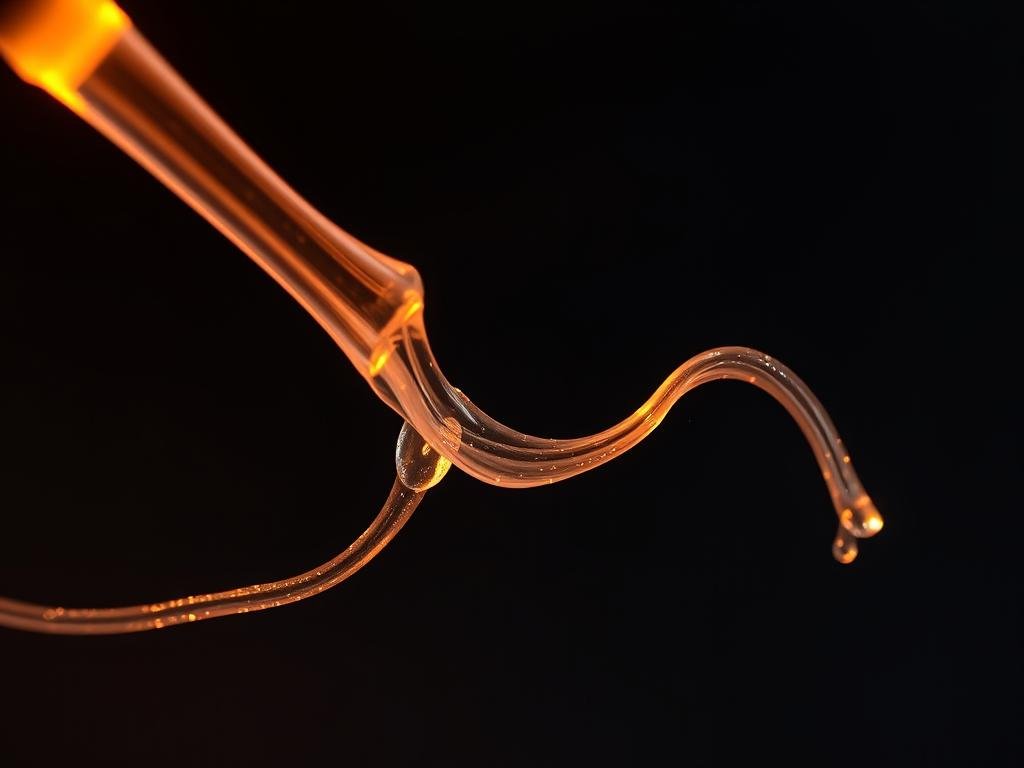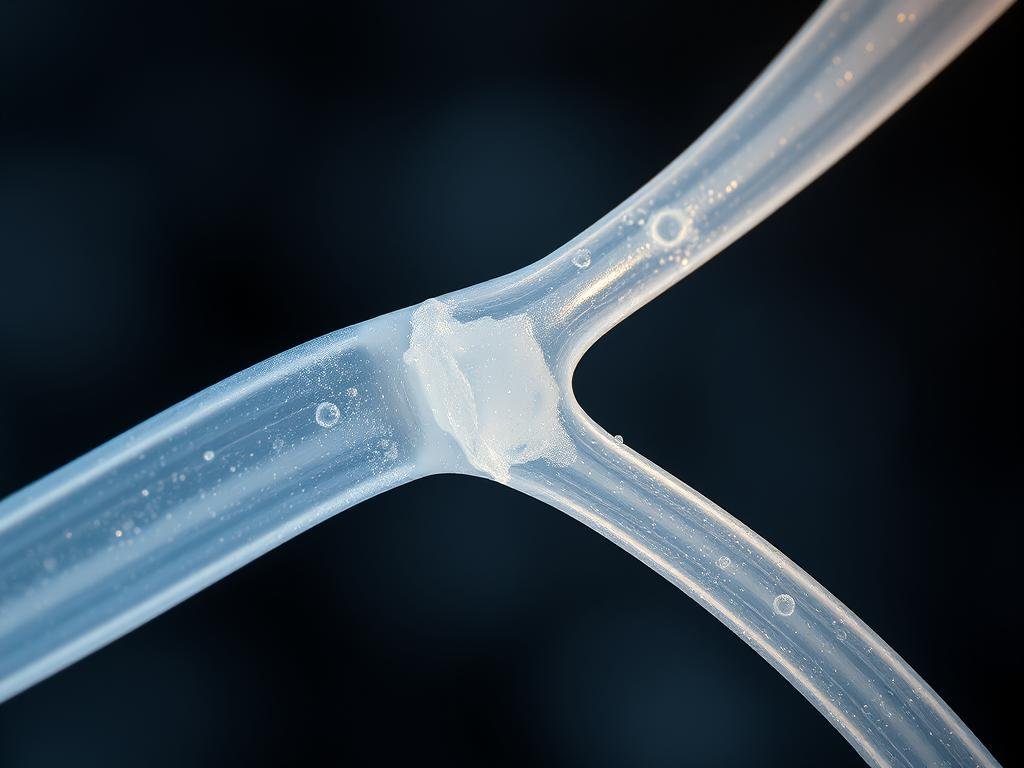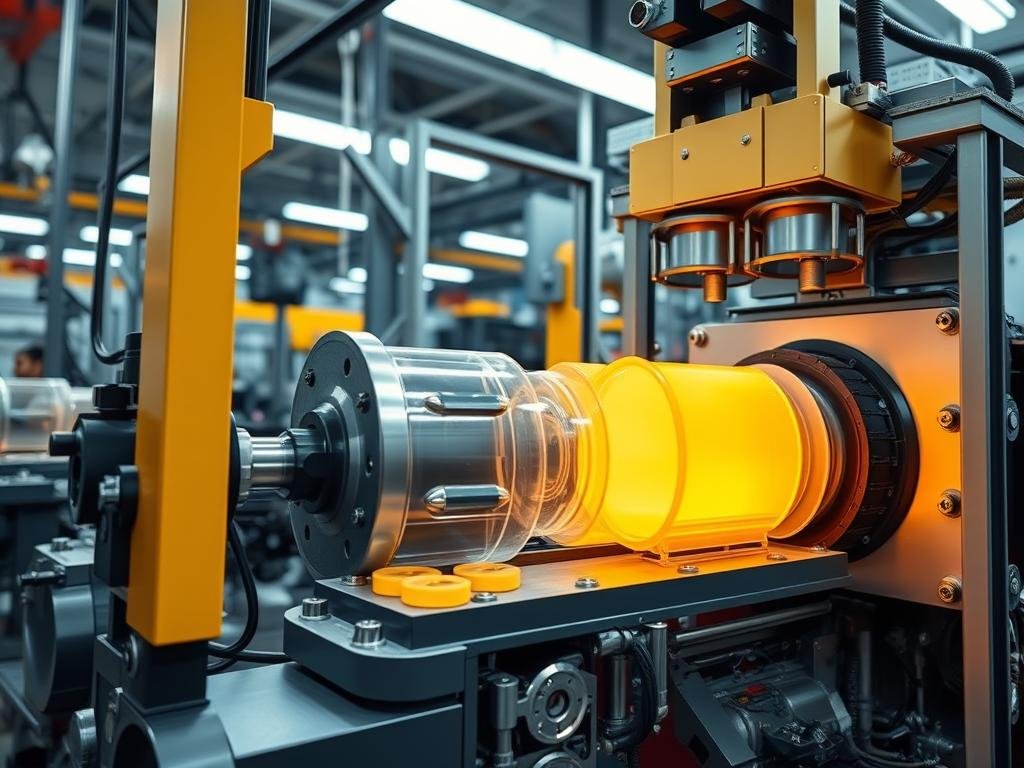Nylon is a family of synthetic polymers known for their versatility and wide range of applications. Characterized by amide linkages, these thermoplastics can be melt-processed into fibers, films, and various shapes.
The properties of nylon, including its melting behavior, are crucial for determining its suitability for different uses. Understanding how heat affects nylon is essential for manufacturers, engineers, and consumers to optimize its performance and ensure safe usage.
This comprehensive guide will explore the impact of temperature on nylon, examining the melting point of various nylon types and their thermal properties. By understanding these factors, readers will gain insights into selecting and processing nylon for specific applications.
Understanding Nylon as a Versatile Polymer
Nylon, known chemically as polyamide, is a synthetic polymer that has revolutionized various industries with its impressive properties. It belongs to the polyamide family and is renowned for its strength, durability, and versatility. Nylon’s exceptional strength-to-weight ratio and remarkable durability make it a widely used material in various applications.
What is Nylon?
Nylon is a versatile synthetic polymer characterized by its balanced combination of mechanical properties, including tensile strength, abrasion resistance, and flexibility. It comes in various types, with Nylon 6 and Nylon 6,6 being the most common. The unique molecular structure of nylon, which consists of amide linkages connecting aliphatic or semi-aromatic groups, contributes to its valuable properties. Nylon’s adaptability makes it suitable for a wide range of industrial and consumer applications.
Historical Development of Nylon
The historical development of nylon represents one of the most significant breakthroughs in polymer science. First developed in the 1930s by Wallace Carothers and his team at DuPont, nylon was one of the earliest synthetic fibers. It revolutionized the textile industry and later expanded into countless industrial and consumer applications. Since its inception, nylon has become a cornerstone material in engineering, thanks to its impressive properties and adaptability.
Nylon’s transition from early textile applications to becoming a fundamental material in various industries is a testament to its versatility and the innovative spirit of its developers. Today, nylon continues to be a widely used material, serving specific industrial and consumer needs across multiple sectors.
The Science Behind Nylon Melting Point
The science behind nylon’s melting point involves a deep dive into its chemical and crystalline structures. Nylon is a semi-crystalline polymer, meaning its molecular arrangement influences its thermal behavior.
Chemical Structure and Its Influence on Melting Behavior
Nylon’s chemical structure, particularly the strong hydrogen bonds between amide groups, significantly contributes to its high melting point. The arrangement of polymer chains and the degree of crystallinity play crucial roles in determining nylon’s thermal properties. Understanding the relationship between molecular weight, chain length, and melting point helps explain why different nylon formulations exhibit varying thermal properties.

Crystalline vs. Amorphous Regions in Nylon
Nylon’s semi-crystalline nature creates a unique melting profile, with crystalline regions melting at specific temperatures while amorphous regions soften over a range of temperatures. The degree of crystallinity affects not only nylon’s melting point but also related properties like tensile strength, chemical resistance, and dimensional stability. Proper temperature control during processing ensures that nylon solidifies correctly, allowing for efficient production without sacrificing quality.
The arrangement of hydrogen bonds and van der Waals forces within the polymer structure creates the thermal resistance that makes nylon suitable for high-temperature applications. By understanding these factors, manufacturers can optimize nylon’s performance in various uses.
Different Types of Nylon and Their Melting Points
Different nylon types exhibit a range of melting points, crucial for their application in various industries. The melting point of nylon is a critical property that influences its processing and performance in end-use applications.
Nylon 6 Melting Point
Nylon 6 has a melting point of approximately 220°C (428°F), offering a balance of processability and performance. This makes it suitable for a wide range of applications, from textiles to engineering components.
Nylon 6,6 Melting Point
Nylon 6,6 has a higher melting point of around 265°C (509°F), which translates to superior mechanical properties and heat stability. This makes it ideal for demanding environments where high thermal resistance is required.
Nylon 12 Melting Point
Nylon 12, or polyamide 12, has a melting point typically around 178°C to 180°C (352°F to 356°F). Its lower melting point contributes to excellent processability and flexibility, making it suitable for applications requiring complex shapes.
Nylon 6/10 and 6/12 Melting Points
Copolymer nylons like Nylon 6/10 and 6/12 have intermediate melting points. Nylon 6/10 melts at around 223°C (433°F), while Nylon 6/12 has a melting point in the range of 217°C (422°F). These properties offer specialized performance characteristics for specific applications, highlighting the versatility of nylons.
The comparative analysis of different nylon types and their melting points helps in understanding how the number designation relates to their chemical structure and affects their melting behavior and overall performance profiles. This information is invaluable for material selection in engineering applications.
Factors Affecting Nylon Melting Behavior
Understanding the factors that impact nylon’s melting behavior is crucial for optimizing its application. Nylon, a versatile polymer, is used in various industries, from textiles to automotive parts. Its melting behavior is a critical property that determines its processing and performance.

Moisture Absorption and Its Impact
Moisture absorption is a significant factor affecting nylon’s melting characteristics. Water molecules can act as plasticizers, potentially lowering the effective melting point by 30-40°C. “The presence of moisture can lead to hydrolysis during heating, resulting in weaker parts,” as noted by industry experts. To mitigate this, drying nylon pellets thoroughly before processing is essential, typically at temperatures between 80°C to 90°C for a few hours.
Additives and Fillers
The incorporation of additives and fillers, such as glass fibers, carbon fibers, and flame retardants, can substantially modify nylon’s melting behavior and flow characteristics. These additives can enhance the material’s performance but may also alter its melting point and processing requirements. For instance, glass-filled nylon tends to have a higher melting point and improved thermal stability compared to unfilled nylon.
Processing History and Thermal Aging
Nylon’s processing history, including previous heat exposure, shear rates during molding, and cooling rates, can create a “thermal memory” that affects its subsequent melting behavior. Prolonged exposure to elevated temperatures can lead to chain scission, cross-linking, or oxidation, permanently altering its melting characteristics. Understanding these effects is crucial for predicting nylon’s performance in various applications.
Practical Applications Based on Nylon’s Thermal Properties
The unique thermal properties of nylon make it an ideal material for various industries. Nylon’s well-defined melting point and flow characteristics enable its use in diverse applications, from consumer products to industrial components.
Injection Molding Applications
Nylon is widely used in injection molding due to its excellent dimensional stability and high precision. This makes it suitable for producing complex components used in consumer products, medical devices, and automotive parts.

Textile and Fiber Applications
The textile industry leverages nylon’s thermal properties during fiber formation, drawing, and heat-setting processes. This enables the creation of fabrics with specific performance characteristics for applications ranging from athletic wear to industrial textiles.
Engineering and Automotive Uses
Automotive engineers utilize nylon’s combination of high melting point, strength, and wear resistance to replace metal components. This reduces vehicle weight while maintaining performance in high-temperature engine environments. Nylon is used in various automotive applications, including airbags, battery modules, and conveyor belts.
Nylon’s thermal properties make it a versatile material for various applications, including electrical connectors that require dimensional stability and insulation properties across wide temperature ranges. Its strength, resistance, and performance characteristics make it an essential material in modern manufacturing.
Processing Nylon at High Temperatures
To achieve successful injection molding with nylon, manufacturers must accurately control processing temperatures. This involves understanding the optimal temperature ranges for different types of nylon and taking steps to prevent thermal degradation.
Optimal Processing Temperature Ranges
The optimal processing temperature for nylon varies depending on its type. For instance, Nylon 6 should be processed at temperatures between 230°C and 250°C, while Nylon 6/6 requires a range of 270°C to 290°C. Pre-drying the nylon at 80°C for at least 4-6 hours is also crucial to remove moisture that could cause hydrolysis during processing.
Preventing Thermal Degradation
To prevent thermal degradation, it’s essential to limit residence time, use purging procedures, and consider the use of heat stabilizers for extended processing runs. These measures help maintain the material’s integrity and ensure consistent part quality.
Cooling and Solidification Considerations
Controlled cooling rates significantly affect the crystallinity development, internal stress formation, and dimensional stability of the final parts. A mold temperature of about 80-100°C is recommended for nylon processing. By carefully managing the cooling phase, manufacturers can optimize the properties of their nylon parts.
Conclusion: Maximizing Nylon Performance Through Temperature Control
To fully leverage nylon’s strengths, it’s vital to comprehend its melting point and thermal behavior. Understanding the intricate relationship between temperature and nylon’s properties is crucial for optimizing its performance across diverse applications.
Effective temperature management throughout nylon’s lifecycle, from resin production to end-use applications, is essential for maximizing its exceptional combination of strength, durability, and versatility. Emerging technologies, including advanced simulation tools and precise heating systems, are set to further enhance temperature control in nylon processing.
By considering the entire thermal history of nylon components, from processing temperatures to service conditions, engineers and manufacturers can design for optimal performance and longevity. This knowledge is invaluable for industries relying on nylon, enabling the creation of high-quality products that capitalize on the material’s unique properties.
